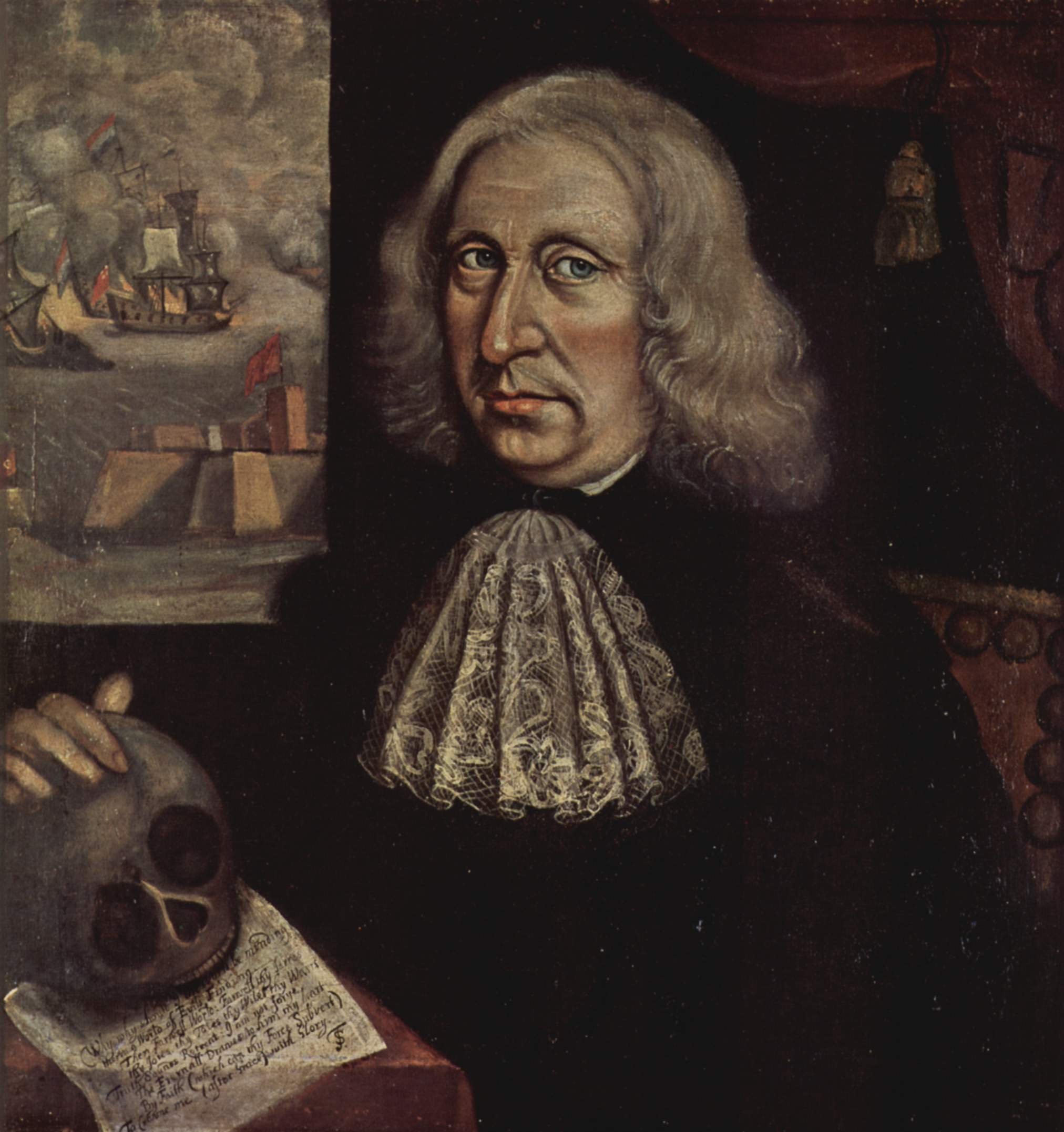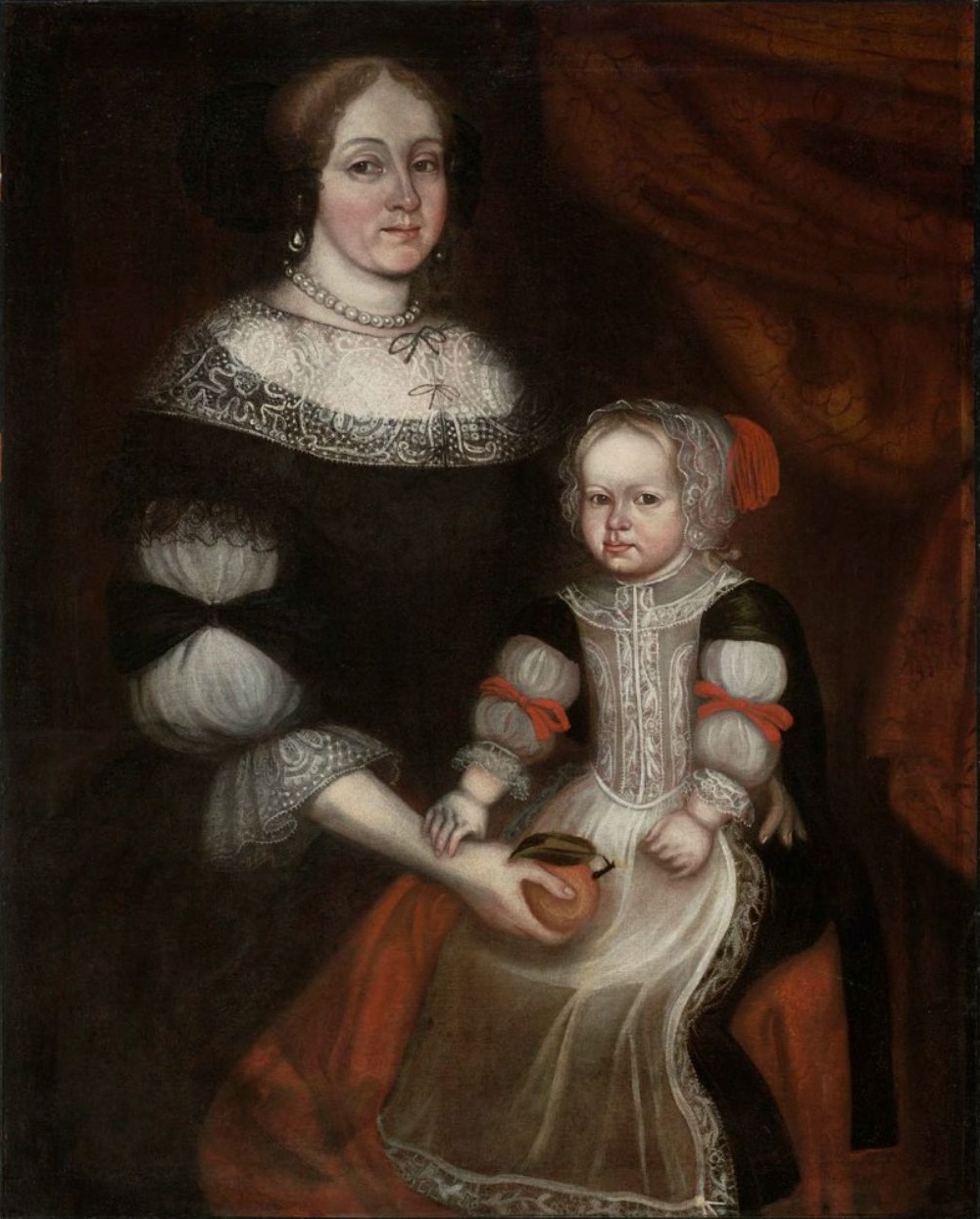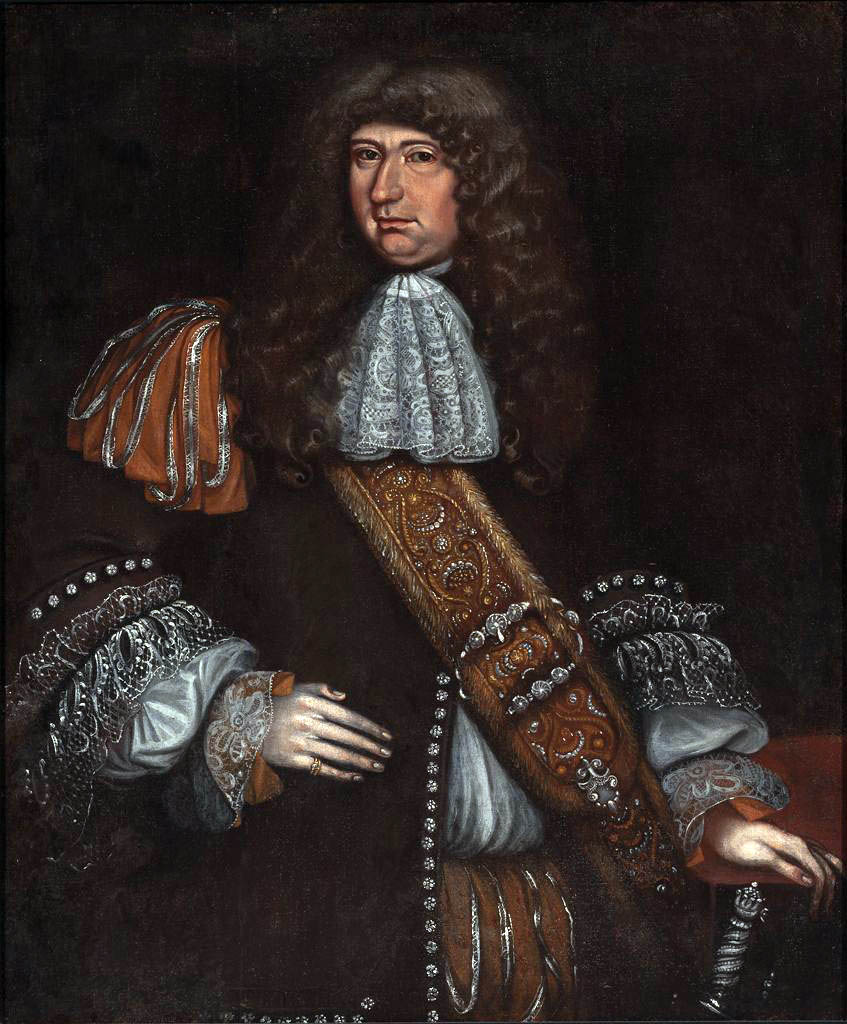Thomas Smith (American Painter) on:
[Wikipedia]
[Google]
[Amazon]
 Thomas Smith was an artist, sailor and slave trader in colonial New England. Smith is best known for the
Thomas Smith was an artist, sailor and slave trader in colonial New England. Smith is best known for the
 Thomas Smith was an artist, sailor and slave trader in colonial New England. Smith is best known for the
Thomas Smith was an artist, sailor and slave trader in colonial New England. Smith is best known for the self-portrait
A self-portrait is a representation of an artist that is drawn, painted, photographed, or sculpted by that artist. Although self-portraits have been made since the earliest times, it is not until the Early Renaissance in the mid-15th century tha ...
that he painted 1680, which according to the Worcester Art Museum, is "the only seventeenth-century New England portrait by an identified artist and the earliest extant American self-portrait." Smith was also a prominent Boston merchant and slave trader who engaged in the enslavement of Native Americans during King Philip's War.
Life
Little is known about Smith's early life in Boston. In the mid-1670s, around the time of King Philip's War, Smith was actively engaged in the slave trade. Many of the trades were recorded byMassachusetts Bay Colony
The Massachusetts Bay Colony (1630–1691), more formally the Colony of Massachusetts Bay, was an English settlement on the east coast of North America around the Massachusetts Bay, the northernmost of the several colonies later reorganized as the ...
treasurer John Hull John Hull may refer to:
Politicians
*John Hull (MP for Hythe), MP for Hythe
*John Hull (MP for Exeter) (died 1549), English politician
*John A. T. Hull (1841–1928), American politician
*John C. Hull (politician) (1870–1947), Speaker of the Mas ...
. Hall was charged with handling captured Native Americans from the war. Smith purchased 29 Native Americans as slaves in August and 41 captives in September 1676, who were subsequently sold in European and African slave markets.
Smith is believed to be the same Thomas Smith who was commissioned by Harvard College on 2 June 1680 to produce a portrait of the Puritan theologian William Ames. Because several Thomas Smiths were active in Boston in the late seventeenth century, it is very difficult to identify other contemporary references to persons of that name with the artist. Smith is assumed to have been a mariner and a Puritan based on his self-portrait, which can be traced back to Smith's granddaughter, Catherina Mears Dexter (1701–1797).
Self-Portrait
Portrait
Smith's style has similarities with English and Dutch Golden Age painting, such as his expressive use of light and shadow. The sitter is shown seated on a chair with maroon upholstery and studs. Smith wears a typically Puritan dark coat and lace jabot. A maroon curtain and golden tassel appear in the top-right corner, lending a sense of depth to the portrait. From a window in the top-left corner is depicted a naval battle between Dutch and English forces and an unidentified enemy. Beneath them, a fortification is shown flying two red flags, one of which has three white crescents. The image may well refer to a significant event in Smith's career. The skull, a ''memento mori
''Memento mori'' (Latin for 'remember that you ave todie'

 *Auger, Peter, 'The Octonaire in Thomas Smith's ''Self-Portrait''
*Auger, Peter, 'The Octonaire in Thomas Smith's ''Self-Portrait''
Artist Biography
at Worcester Art Museum *
' at Worcester Art Museum
''Major Thomas Savage (1679)''
at Museum of Fine Arts, Boston
''Mrs Richard Patteshall (Martha Woody) and Child (1679)''
at Museum of Fine Arts, Boston *
Portrait of a Man, probably Sir George Downing (1624-1684)
' at Harvard Art Museums {{DEFAULTSORT:Smith, Thomas 17th-century American painters 17th-century male writers 17th-century American poets 18th-century American male writers Artists from Boston American male painters American male poets American slave traders American slave owners Colonial American poets Painters from Massachusetts People from colonial Boston Poets from Massachusetts Writers from Boston Year of birth unknown Year of death unknown
Poem
Beneath the skull in the bottom-left corner is a piece of paper that contains an eight-line poem:The monogram T. S. led critics to assume that Smith composed the verses, which describe the speaker's resignation from the world's troubles in order to seek divine solace. In fact, the poem isWhy why should I the World be minding therin a World of Evils Finding. :Then Farwell World: Farwell thy Jarres :thy Joies thy Toies thy Wiles thy Warrs Truth Sounds Retreat: I am not ſorye. :The Eternal Drawes to him my heart :By Faith (which can thy Force Subvert) To Crowne me (after Grace) with Glory. T.S.
Josuah Sylvester
Josuah Sylvester (1563 – 28 September 1618) was an English poet.
Biography
Sylvester was the son of a Kentish clothier. In his tenth year he was sent to school at King Edward VI School, Southampton, where he gained a knowledge of French ...
's translation of a French devotional poem by Simon Goulart. Roger B. Stein finds that 'the poem is the central organizing element, the key to the picture—to its design, to the relationship of its parts to one another, and to its meaning both as individual work and as an artefact within its larger culture'. 
Other works
Five other portraits have been attributed to Smith. ''Major Thomas Savage'' (1679) and ''Mrs Richard Patteshall and Child'' (1679) are both owned by theMuseum of Fine Arts, Boston
The Museum of Fine Arts (often abbreviated as MFA Boston or MFA) is an art museum in Boston, Massachusetts. It is the 20th-largest art museum in the world, measured by public gallery area. It contains 8,161 paintings and more than 450,000 works ...
. ''Captain Richard Patteshall'' (private collection) was meant to hang with the portrait of his wife. ''Captain George Curwin'' (c. 1675) is owned by the Peabody Essex Museum in Salem, Massachusetts. The sitter of ''Portrait of a Man, probably Sir George Downing (1624–1684)'' has also been identified as Elisha Hutchinson.
References
Sources
 *Auger, Peter, 'The Octonaire in Thomas Smith's ''Self-Portrait''
*Auger, Peter, 'The Octonaire in Thomas Smith's ''Self-Portrait''External links
Artist Biography
at Worcester Art Museum *
' at Worcester Art Museum
''Major Thomas Savage (1679)''
at Museum of Fine Arts, Boston
''Mrs Richard Patteshall (Martha Woody) and Child (1679)''
at Museum of Fine Arts, Boston *
Portrait of a Man, probably Sir George Downing (1624-1684)
' at Harvard Art Museums {{DEFAULTSORT:Smith, Thomas 17th-century American painters 17th-century male writers 17th-century American poets 18th-century American male writers Artists from Boston American male painters American male poets American slave traders American slave owners Colonial American poets Painters from Massachusetts People from colonial Boston Poets from Massachusetts Writers from Boston Year of birth unknown Year of death unknown